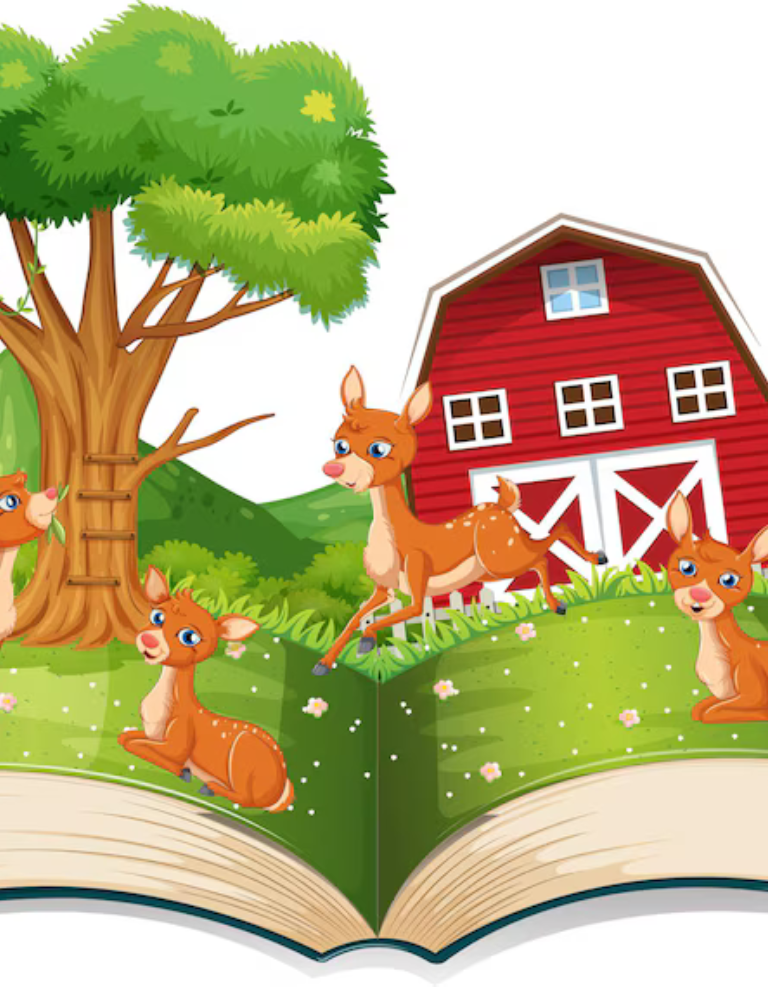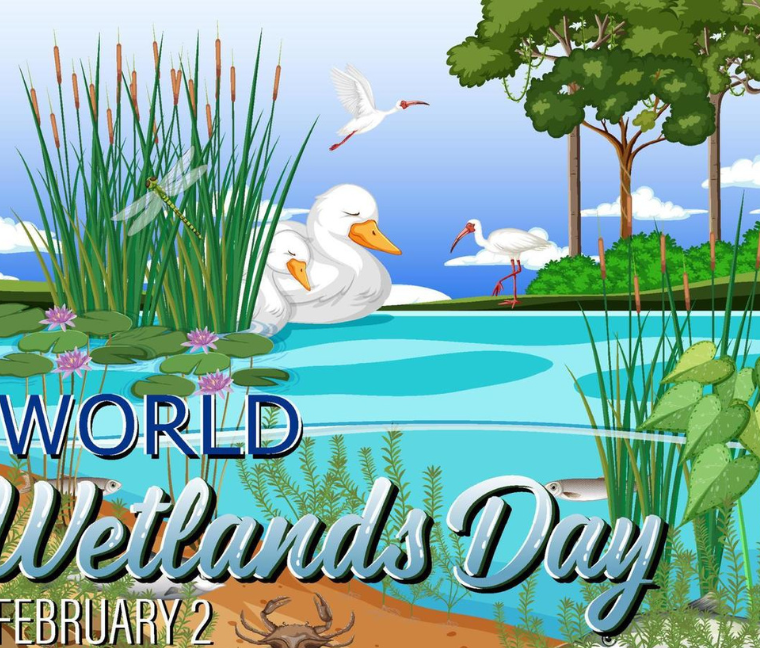Rethinking Farming from the Ground Up
In the heart of a rural wetland community, where marshes meet farmland, a bold idea has taken root — quite literally. What began as a simple gardening experiment has now turned into a sustainable movement: using pumpkin cultivation as a way to revitalize the land, empower local farmers, and inspire environmental action. The Vision Behind the Plan The idea was simple but visionary — could pumpkins, known for their resilience and nutritional value, be grown in underutilized wetland edges and buffer zones without harming the ecosystem? More importantly, could this crop help local communities thrive economically while promoting eco-conscious farming? This wasn’t just about agriculture; it was about harmony between nature and people. Eco-Friendly Cultivation in Sensitive Zones Unlike traditional farming that often disrupts wetland systems, this plan focused on low-impact methods: The result? Healthier crops, cleaner soil, and increased biodiversity. Why Pumpkins? Pumpkins are more than Halloween decorations — they’re a superfood packed with vitamins, they have multiple market uses (from pies to oils to livestock feed), and they store well after harvest. In regions where food security is a concern, pumpkins offer both economic and nutritional value. Community Impact and Innovation Local farmers who adopted the Bold Pumpkin Plan saw up to a 40% increase in seasonal income, plus reduced need for synthetic fertilizers. Schools and NGOs joined in, turning the project into an educational opportunity. Even eco-tourists started showing up for seasonal pumpkin festivals in these reclaimed green zones. Looking Ahead: The Future is Orange This is not just a story about pumpkins. It’s about innovation, courage, and taking bold steps toward sustainability. The Bold Pumpkin Plan is now being studied as a model for climate-adaptive agriculture, especially in flood-prone and semi-wetland areas across other regions. Conclusion Sometimes the boldest ideas come from the most unexpected places — and in this case, from a humble pumpkin patch. By aligning agricultural goals with ecological wisdom, this initiative proves that even a simple crop can sow the seeds of a better, greener future.

